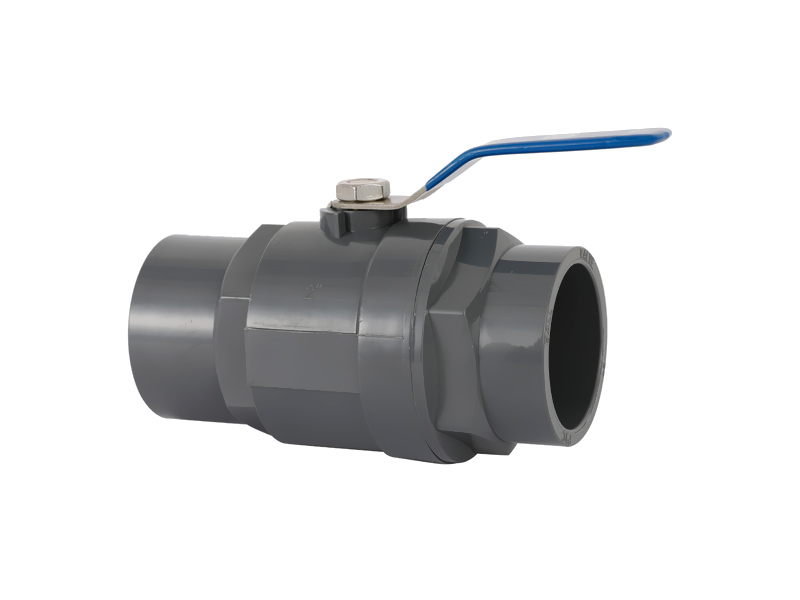How does the male ball valve design enable smooth and effortless on/off operation?
The male ball valve design is a key characteristic...
MORE >>















Whether you are looking to build a new home, renovate, […]
Whether you are looking to build a new home, renovate, or repair a home, you may want to look into Pipe Fittings. There are a number of different types of fittings, including compression fittings, threaded fittings, plugs and caps, and unions.Unlike the conventional soldered plumbing connections, compression fittings provide a leak proof watertight connection between two pipes. They are most commonly used for water connections. However, they are also used in other applications such as hydraulic systems and gas systems. They are also used in the medical industry for applications requiring inert components.Compression fittings are made of a number of materials. The material used for the compression ring can be brass, stainless steel, or plastic.
Plastic PVC Two Pieces Ball Valve - SS Handle

The Product Advantage:
1. Environment friendly, non-toxic, good looking;
2. Light weight, easy to handle and transport;
3. Soft colors and excellent design, suitable for installation either exposed or hidden;
4. Wonderful ability in chemical corrosion resistance;
5. Easy and fast installation, making cost minimized;
They come in a wide variety of colours. Some are also autoclaved and sterilized. However, it is important to select the right material for the application. Compression fittings can withstand different temperatures and pressures.Generally, threaded pipe fittings are used for connecting metal pipes. They are also used in pressure fittings. The pressure rating of the threaded fitting depends on the size and temperature.Threaded fittings are available in forged carbon steel, cast iron, and bronze. They are available in sizes from 1 inch to 4 inches. Usually, they are used for small bore piping connections. They are used in non-critical applications.Threaded joints should not be used in corrosive environments.
Threads are not as strong as welding. They can also suffer from leaks due to temperature changes. They are not recommended for cyclic loading. They should also be avoided in erosive environments. They are recommended for use with pressures of less than 6000 psi.Whether you're a homeowner or a contractor, you'll probably have seen or used unions in pipe fittings. They are a relatively simple fitting device that connects two pipes without the need for turning the entire pipe.They are also easy to disassemble and reassemble. In the event that you need to replace a water heater, for example, you can simply disconnect the union and pull the fitting off. This is a much simpler process than disconnecting all of the pipes in your system and moving them.
Unions are commonly used in residential plumbing systems, but they are also used in industrial applications. They are often made of plastic or varnish, and can be galvanized to improve corrosion resistance. They are also available in a variety of shapes and sizes.Using reducing tees in pipe fittings is a useful tool for changing the direction of a discharge fluid flow. It also helps in joining two varying diameters. They are used in a wide range of pumping applications and are widely used in vacuum applications. They are available in a wide variety of materials such as copper, PVC and cast iron. They are available in different sizes, shapes and designs.A reducing tee has two equal ends with one end slightly smaller than the other two. The branch on a reducing tee is a shorter line than the header. The size of the branch is determined by a second dimension, known as the M dimension.

The male ball valve design is a key characteristic...
MORE >>
In today's modern world, efficient and reliable wa...
MORE >>
Copyright ©All rights reserved:Zhejiang Xier Plastic Valve Lead Co.,LTD. PVC Ball Valves Manufacturers Technical support: HWAQ  浙公网安备 33060402001174号
浙公网安备 33060402001174号

 English
English España
España عربي
عربي